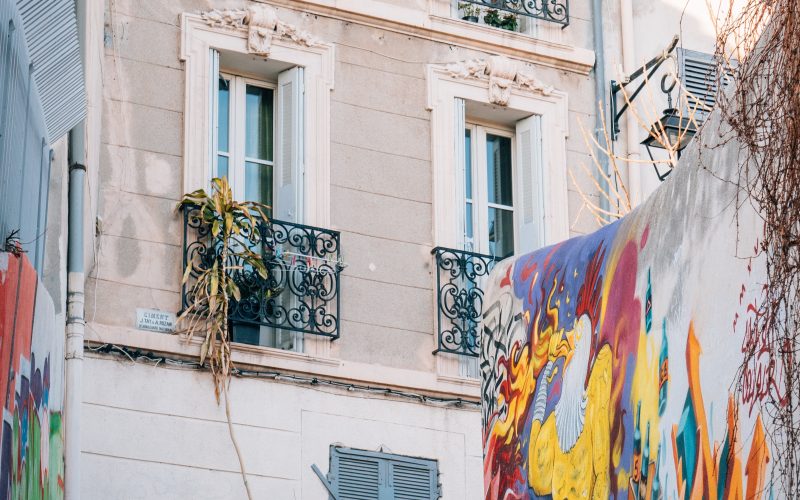In a world increasingly dominated by screens and virtual experiences, a growing movement within the art world is inviting us to reconnect with our senses and explore the tactile and textural dimensions of art. The concept of “Sensory Strokes” is gaining traction, as artists and art enthusiasts alike seek to embrace a multisensory approach to creativity, transcending the visual realm and inviting a deeper, more immersive experience. This article delves into the fascinating world of sensory strokes, highlighting the power of touch, texture, and materiality in art and its profound impact on our perception and emotional connection.
[Body]- Rediscovering the Power of Touch In our digitized age, touch has often taken a backseat to visual stimuli. However, Sensory Strokes challenges this notion by emphasizing the significance of touch as a means of communication in art. Artists are experimenting with various materials, from smooth marble to rough textiles, and inviting viewers to engage with their work by physically interacting with it. By encouraging touch, artists open up new possibilities for sensory exploration and forge a deeper connection between the artwork and the audience.
- Textures as a Language Texture has long been an essential element in art, but Sensory Strokes expands its role beyond mere aesthetics. It becomes a language that conveys emotions, narratives, and concepts. Artists are deliberately incorporating diverse textures into their creations, using roughness, smoothness, graininess, or softness to evoke specific feelings or meanings. Through this intentional use of texture, art becomes a multisensory experience that engages not only the eyes but also the fingertips, creating a profound sensory dialogue.
- Art Exhibitions Designed for Interaction The concept of Sensory Strokes has also sparked the emergence of art exhibitions and installations specifically designed to engage multiple senses. These immersive experiences often feature interactive elements such as textured surfaces, scents, and even soundscapes. Visitors are encouraged to touch, feel, and fully immerse themselves in the artwork, fostering a more intimate and personal connection. By blurring the boundaries between the artist and the audience, these exhibitions redefine the traditional viewer-artwork relationship.
- Expanding Accessibility and Inclusion Sensory Strokes not only enriches the art experience but also promotes inclusivity and accessibility. By emphasizing tactile and textural elements, it opens doors for individuals with visual impairments or other disabilities to fully engage with art. Through touch, everyone can experience and appreciate art on a level that transcends traditional visual perception, breaking down barriers and fostering a more inclusive art world.
- The Future of Sensory Strokes As Sensory Strokes gains momentum, its impact is extending beyond the art world. Designers, architects, and innovators from various fields are exploring how this multisensory approach can be applied to their respective disciplines. From tactile cityscapes to interactive digital interfaces, the possibilities are endless. Sensory Strokes offers a transformative way of experiencing and engaging with the world around us, shifting our perspective and reminding us of the profound richness that lies beyond the visual realm.











